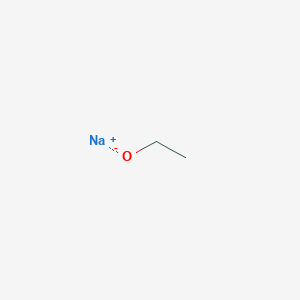(1) Disease and Incidence
1 The main pathological condition: the shoot rot pathogen is initially invading the young leaves near the growing point, showing a lack of greenish yellow, followed by the formation of "deadwing cane", and finally the tip is necrotic. The growing point of the pathogen is downside from the cane tip and is damaged by cane. Most of the stalk's tissue turns dark brown and decays, and the damaged side continues to grow, causing the joint to bend and deform.
2 the law of onset: sugarcane tip rot is a fungal disease, the conidia of the bacteria spread with the airflow, fell on the tip of the heart and leaves, it will invade the young leaf base, and then invade the growth point near the cane stem, followed by the disease Department Conidia, repeated infections. High-temperature, high-humidity weather, planting too dense, excessive nitrogen fertilizer, excessive growth, tender tissue, are conducive to disease epidemic. When drought occurs after a long drought or after a drought, the disease is often prone to occur.
(2) Control methods
1 plant resistant varieties. The sugarcane rot has a better resistance to Taiwan Sugar 134, election 3, Yue Tang 63-237 incidence is also less.
2 fertilization should pay attention to nitrogen fertilizer, phosphate fertilizer, potassium fertilizer with the appropriate mix, phosphate fertilizer, potash fertilizer and organic fertilizer are all mixed as base fertilizer. During the growth period of sugarcane, depending on the growth conditions, it is suitable for applying nitrogen fertilizer to avoid excessive application or delayed application of available nitrogen fertilizer.
3 Don't leave seeds on the sugarcane planting areas, especially the cane stems of susceptible plants are not planted to reduce infection.
4 Strip leaves, drain water, and reduce the humidity of sugarcane.
5 During the high temperature and rainy season, the vigorously growing sugarcane land is sprayed and prevented at the early stage of disease. The leaf can be sprayed with 50% carbendazim or 50% Benzene WP 1000-fold dilution, or 1:1:100 Bordeaux mixture. Choose sunny medication, such as heavy rain within 24 hours after spraying, need to spray again.
Sodium Ethoxide CAS No.141-52-6
Sodium Ethoxide Basic Information
CAS: 141-52-6
MF: C2H5NaO
MW: 68.05
EINECS: 205-487-5
Mol File: 141-52-6.mol
Sodium Ethoxide Structure

Melting point 260 °C
Boiling point 91°C
density 0.868 g/mL at 25 °C
vapor density 1.6 (vs air)
vapor pressure <0.1 mm Hg ( 20 °C)
storage temp. Store at R.T.
solubility Soluble in ethanol and methanol.
form Liquid
PH 13 (5g/l, H2O, 20℃)
Water Solubility Miscible
Stability: Reacts violently with acids, water. Incompatible with chlorinated solvents, moisture. Absorbs carbon dioxide from the air. Highly flammable.
sodium ethoxide,sodium ethoxide formula,sodium ethoxide structure,sodium methoxide formula,sodium ethoxide in ethanol,sodium methoxide density
ShanDong YingLang Chemical Co.,LTD , https://www.sdylhgtrade.com